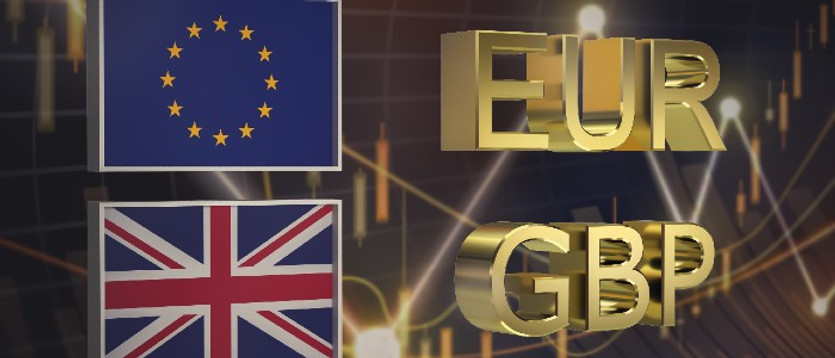According to data released today (at 09:00 GMT) by Eurostat, industrial production growth in the Eurozone reached +0.7% in February (+2.0% yoy) after falling -0.7% (-1.5 % in annual terms) in January. The data also turned out to be better than the forecast, which assumed an increase of +1.5% (in annual terms) with an increase of +0.7% m/m.
This information, as well as published a little earlier (06:00 GMT) February German producer price indices (+4.9% and +30.9% in annual terms), supported the euro. At the beginning of the European session, the euro strengthened against the dollar and in cross-pairs. In particular, EUR/GBP hit a 5-day high of 0.8335, providing a good short entry opportunity.
Despite this strength, the euro could fall again soon, economists say, given the risk of an energy crisis in the Eurozone linked to the Ukraine conflict and the ECB's cautious stance on fighting inflation. As you know, last Thursday the ECB did not change the parameters of monetary policy, although it signaled the beginning of a gradual reduction in bond purchases under the quantitative easing (QE) program from the current 40 billion euros to 30 billion euros in May and 20 billion euros in June, after which, probably in the third quarter, the program will be fully completed. Events in Ukraine could be a stagflationary shock for Europe, slowing economic growth while pushing up prices. This, according to many economists, makes it harder for the ECB to roll back stimulus measures taken during the pandemic in order to regain control of inflation without undermining the economic recovery.
Unlike the ECB, the Bank of England has already embarked on a cycle of raising interest rates.
Despite concerns from the IMF, which cut its growth forecast for the UK economy for 2023 to 1.2% from 2.3%, market participants are waiting for another rate hike from the Bank of England (by 0.25% or 0.50%) on May 5 meeting, also pricing in a 1.50% rate hike by the end of the year.
These expectations should support the pound until the end of this month and before the meeting of the Bank of England, including in pair with the euro.
At the same time, the euro may come under additional pressure if the second round of voting in France (April 24) is won by Marie Le Pen. Macron's widely anticipated victory could probably reassure the markets somewhat. However, it will not be a turning point in the dynamics of the euro, which will be prone to further weakening, including due to the above factors (further deterioration of the geopolitical situation in the Eurozone and the rapid growth of inflation).
From the above, we can conclude that the current growth of the EUR/GBP pair (above 0.8330) provides a good opportunity to enter aggressive short positions on it (for more details, see "EUR/GBP: technical analysis and trading recommendations_04/20/2022").





